Have you ever tried to shout in a crowded room? That’s what branding without SEO feels like. You’re there, but nobody hears you. In the digital world, SEO is your megaphone. It’s not just about attracting visitors; it’s about bringing the right audience to your brand’s digital doorstep. At Plerdy, we understand this synergy between SEO and branding. We’re here to ensure that your brand doesn’t just join the online conversation but stands out. In this article, we’ll dive into how SEO can be the secret ingredient to boosting your brand’s online presence. Stay tuned as we uncover the top SEO strategies for effective branding.
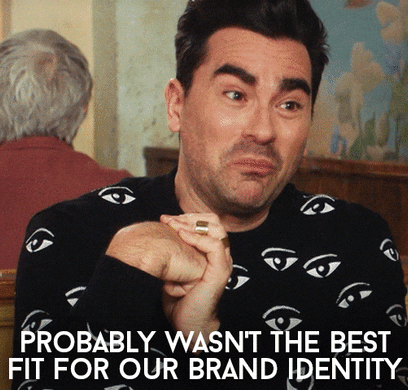
Understanding the Power of SEO in Branding
SEO in branding is like a compass in the wilderness; it guides your brand through the competitive digital landscape. It’s not just about being visible; it’s about being visible to the right people.
What is SEO?
Websites can benefit from search engine optimization, or SEO, by making their content more appealing to search engines like Google. It’s a blend of using the right keywords, crafting quality content, and ensuring your site is technically sound. Think of it as laying down a trail of digital breadcrumbs that lead right to your brand’s doorstep. Effective SEO ensures that your brand appears front and center in their search results when potential customers search for what you offer.
SEO’s Role in Brand Recognition
SEO significantly powers brand recognition in the digital age. When your brand consistently appears in top search results, it doesn’t just increase traffic; it builds familiarity and trust. According to Moz, a leading SEO tool provider, the top position in Google search results has a 33% chance of getting clicked. If your brand ranks well, it will likely be noticed and remembered. This repeated visibility establishes your brand as an authority in your field, making it more likely for customers to turn to you when they need your products or services.
The Connection Between SEO and Brand Image
To a large extent, search engine optimization (SEO) determines how consumers see your brand. You control the narrative by producing high-quality content that aligns with your brand’s values and message and optimizing it for search engines. Given that 75% of people never go beyond the first page of search results, this becomes even more important, according to Search Engine Journal. Being on that first page boosts visibility and conveys a message of reliability and industry leadership.
Any company serious about making it big on the web needs to know how SEO works regarding branding. If you want to establish a brand that connects with your audience and is easy for them to find, then you need to learn SEO. It is not only about getting higher ranks, though. Remember, in the digital world, visibility is everything. And SEO is your key to unlocking that potential.
Developing SEO-Optimized Content for Branding
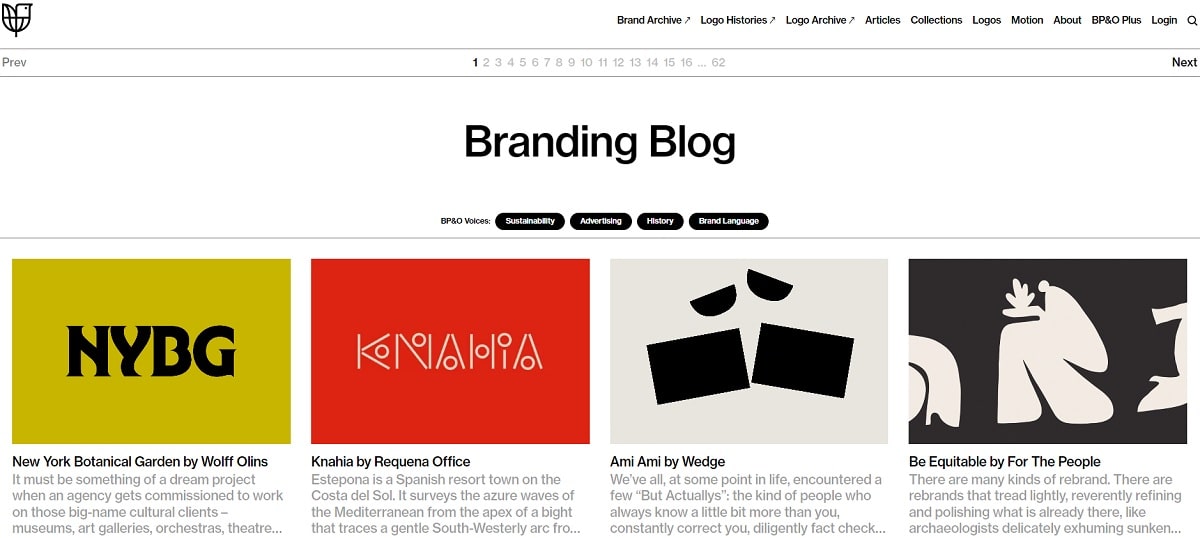
Content is king in the digital world and the bedrock of any successful brand’s internet presence. SEO-optimized content is not merely about populating your website; it’s about crafting material that resonates deeply with your audience, fostering trust and elevating your branding efforts.
Creating SEO-Driven, Engaging Content for Branding
Creating engaging and SEO-driven content is essential in capturing and maintaining your audience’s attention. This content should meet your audience’s needs, interests, and challenges. HubSpot, a renowned marketing authority, suggests that effective content is a blend of entertainment, information, and practicality while SEO-friendly. The goal is to find a harmonious balance between what your audience seeks and what you wish to convey about your brand. Employ storytelling, provide valuable information, and ensure your content is approachable and reflects your brand’s tone, personality, and values. This not only aids in SEO but also establishes a consistent brand image. Remember, this content often serves as a potential customer’s first interaction with your brand, making it imperative to leave a lasting impression.
Balancing SEO-Optimized Informational and Promotional Content in Branding
Achieving the right mix of informational and promotional content is crucial for effective branding through SEO. Informational content educates your audience about industry trends and solutions, adding value to their lives and enhancing your brand’s SEO efforts. Conversely, promotional content directly markets your products or services. The key is seamlessly integrating these elements, avoiding overly promotional content that can repel readers while not underemphasizing your offerings. For instance, a fitness brand could weave in mentions of their heart rate monitors in an SEO-optimized article about improving cardio health. This approach, endorsed by the Content Marketing Institute, ensures your audience gains valuable information while being subtly directed toward your products, enhancing both your SEO and branding.
In sum, crafting quality, SEO-optimized content is more than just informing or selling; it’s about engaging with and building a community around your brand. SEO and branding success hinge on the quality of the content you produce. Trustworthy content establishes your brand as an industry leader. Keeping your audience’s needs at the forefront in this process not only aids in selling a product or service but also cultivates a dedicated following for your brand.
Leveraging Keywords for Brand Impact
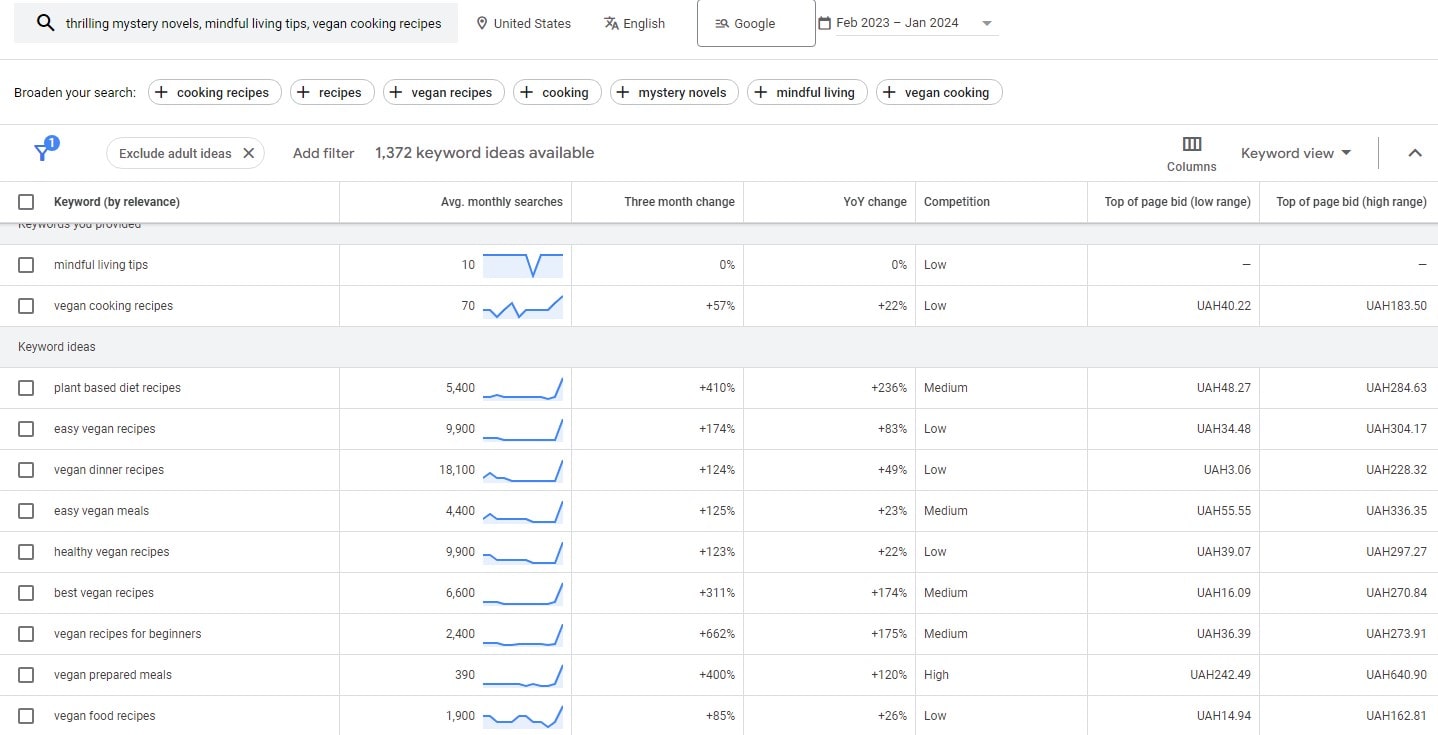
In the quest for brand impact, keywords are your secret weapon. They’re not just elements of SEO; they’re the bridge connecting your brand to the audience actively searching for what you offer.
Identifying the Right Keywords
The first step is identifying the right keywords. It’s about understanding your audience’s language when searching for services or products like yours. Tools like Google’s Keyword Planner and Moz Keyword Explorer provide insights into search volumes and keyword difficulty. But it’s not just about high search volumes; relevance is key. For example, if you’re a sustainable clothing brand, keywords like “eco-friendly fashion” and “sustainable clothing brands” might be more effective than just “clothing.” It’s about targeting those terms that have a decent search volume and align closely with your brand’s identity and offerings. Thanks to this targeted strategy, customers are more inclined to be interested in what you offer and are more likely to see your brand when they search.
Incorporating Keywords into Content
Once you’ve identified your keywords, the next step is to incorporate them into your content. This goes beyond just stuffing keywords into your articles or web pages. It’s about weaving them naturally into content that provides value to your audience. According to Yoast, an authority in SEO, keywords should be included in strategic places like titles, headings, introductory sentences, and the concluding paragraph. However, they must feel like a natural part of the narrative. The goal is to create content that’s not only SEO-friendly but also engaging and informative for your audience. Remember, while search engines are important, you write for people. Your brand’s ability to connect with consumers is directly proportional to how well you include relevant keywords in high-quality content.
You need to know your audience and your brand’s USP inside and out if you want to use keywords correctly; it combines art and science. By identifying the right keywords and skillfully incorporating them into your content, you’re setting the stage for increased brand visibility and connection with your target audience. Remember, keywords are more than just SEO jargon; they build your brand’s digital identity.
Enhancing SEO and Branding in Local and Niche Markets
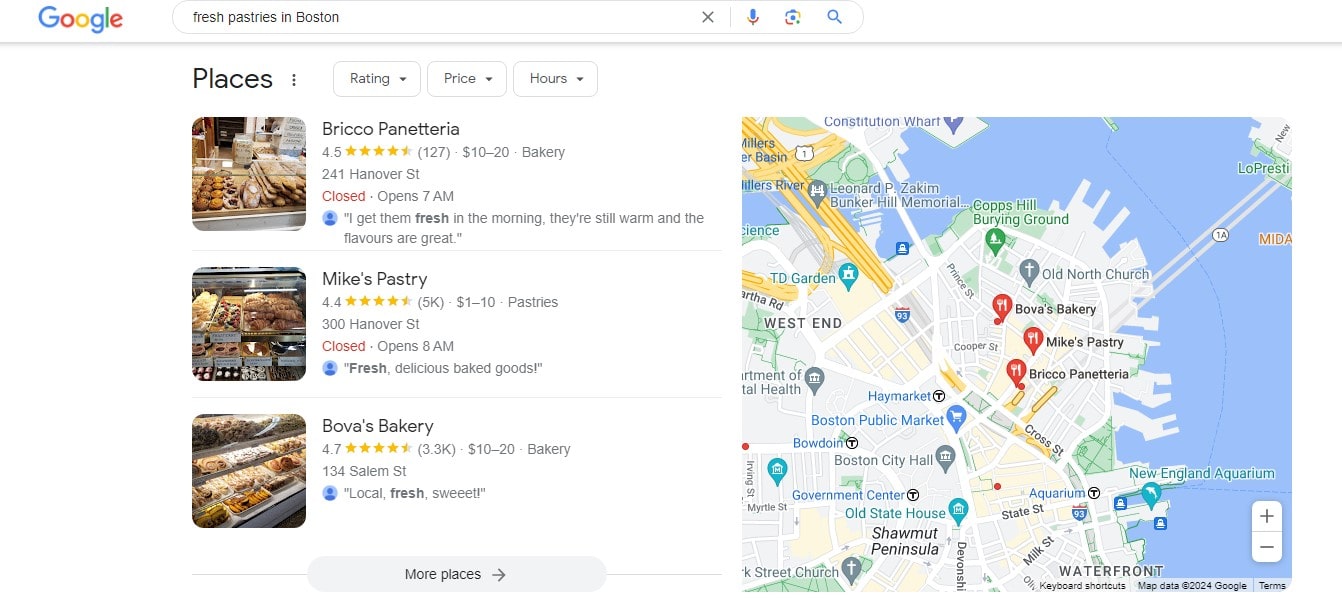
Mastering local and niche market SEO is akin to uncovering hidden gems in the expansive internet universe. For a brand, excelling in these areas means garnering more views and the right ones. It’s about directly connecting with those in your immediate vicinity or those who have a particular interest.
Local SEO Techniques for Branding
Local SEO is a vital tool for businesses targeting a specific geographic area. Google reports that 46% of online searches are local, indicating a large audience seeking nearby products or services. Use this to your advantage by adding your company to Google My Business. This boosts your Google Maps and local search rankings. Integrating local keywords into your website content and meta descriptions is also critical. For instance, a Boston bakery could use keywords such as “fresh pastries in Boston” or “Boston bakery” to strengthen its SEO and branding. Additionally, accumulating local reviews can enhance credibility and attract more customers in your area.
Targeting Niche Markets in SEO and Branding
Effective niche market targeting involves understanding and addressing the unique needs of a specific group. This includes identifying niche-specific keywords, with tools like SEMrush being invaluable. For example, a company offering eco-friendly outdoor gear might focus on keywords like “sustainable hiking equipment” or “eco-friendly camping gear.” Content must match your specific audience’s interests, needs, and language. This could be in the form of in-depth blog posts, tutorials, or videos catering to your target niche’s specific interests or concerns. Engaging with niche communities on social media and forums can also enhance your visibility within these groups.
Optimizing for local and niche markets in SEO and branding allows brands to connect more profoundly with a particular audience. It’s about being a prominent presence in a smaller, targeted area rather than being overshadowed in broader markets. By implementing strategic local SEO tactics and grasping the subtleties of your niche market, you can craft a more personalized and impactful approach to raising brand awareness. In marketing, sometimes a smaller, more focused strategy can yield the most significant and rewarding connections.
The Role of Link Building in Brand Awareness
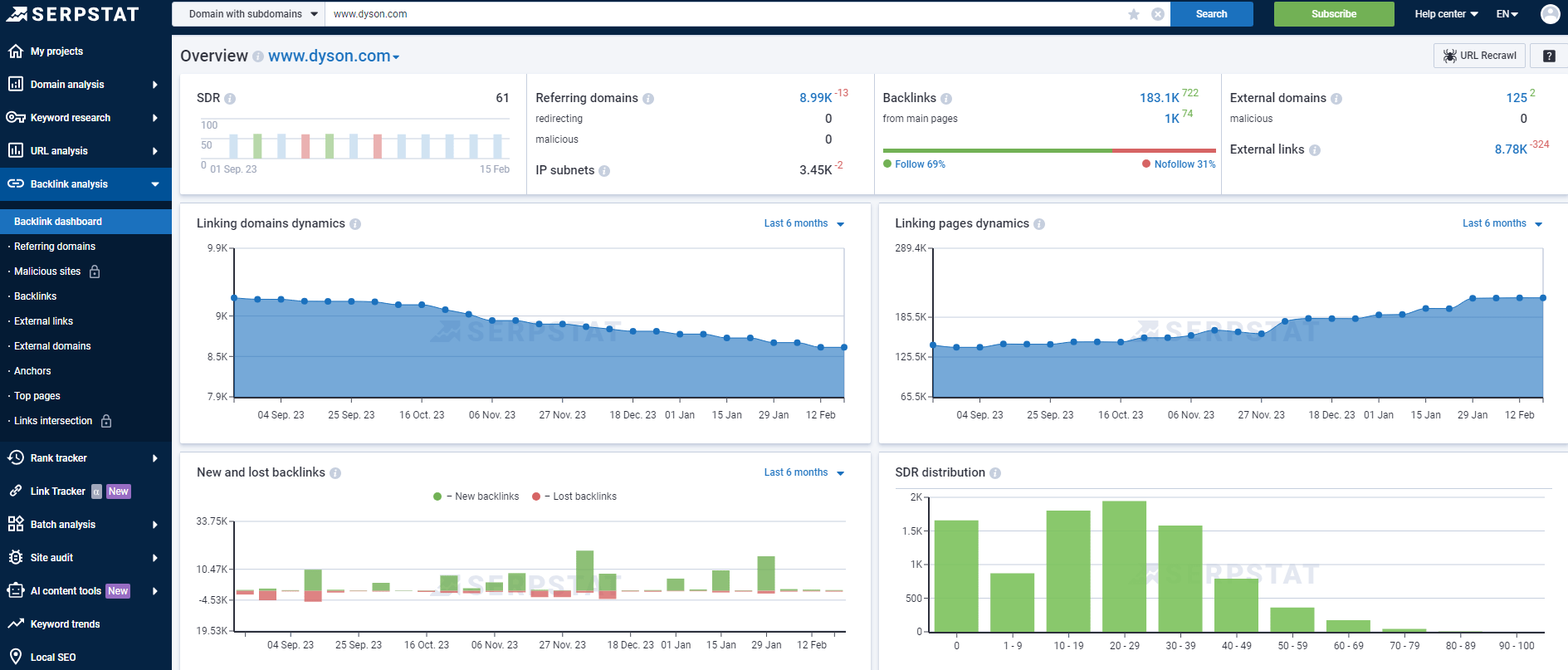
Link building in SEO is like networking at a business event. The more high-quality connections you have, the more your brand becomes authoritative and visible.
Effective Link Building Techniques
Effective link-building begins with creating valuable, shareable content. This could be in-depth blog posts, infographics, or case studies that provide useful information or insights relevant to your industry. Once you have quality content, reach out to authoritative websites within your niche for guest posting opportunities or to suggest adding a link to your content as a resource. You can use tools like Ahrefs to study your competitors’ backlink profiles to find link-building opportunities. One way to find link-building opportunities is to look at your competitors’ backlink profiles. Broken link building offers your content to replace broken links on other websites. This helps webmasters improve their site and gets you a valuable backlink. Tools like Ahrefs can help with this.
Evaluating Backlink Quality
Not all backlinks are created equal. Quality over quantity is the mantra for effective link-building. A backlink from a reputable, high-authority website in your niche is far more valuable than several from lesser-known, low-authority sites. Use tools like Moz’s Domain Authority or Ahrefs’ Domain Rating to evaluate the quality of potential link-building sites. Ensuring the backlinks are relevant to your niche and audience is also important. Search engines like Google give higher value to contextual and relevant backlinks. Additionally, diversify your link profile by acquiring backlinks from different types of websites, like news sites, blogs, and directories, to avoid any red flags from search engines.
SEO relies on link-building to boost brand exposure. By securing high-quality backlinks, your brand improves its search engine rankings and enhances its visibility and credibility. This increased exposure leads to greater brand recognition and trust among your target audience. Remember, in SEO, a well-crafted link-building strategy can be the difference between being a hidden gem and a recognized authority in your field.
Measuring the Impact of SEO on Brand Awareness
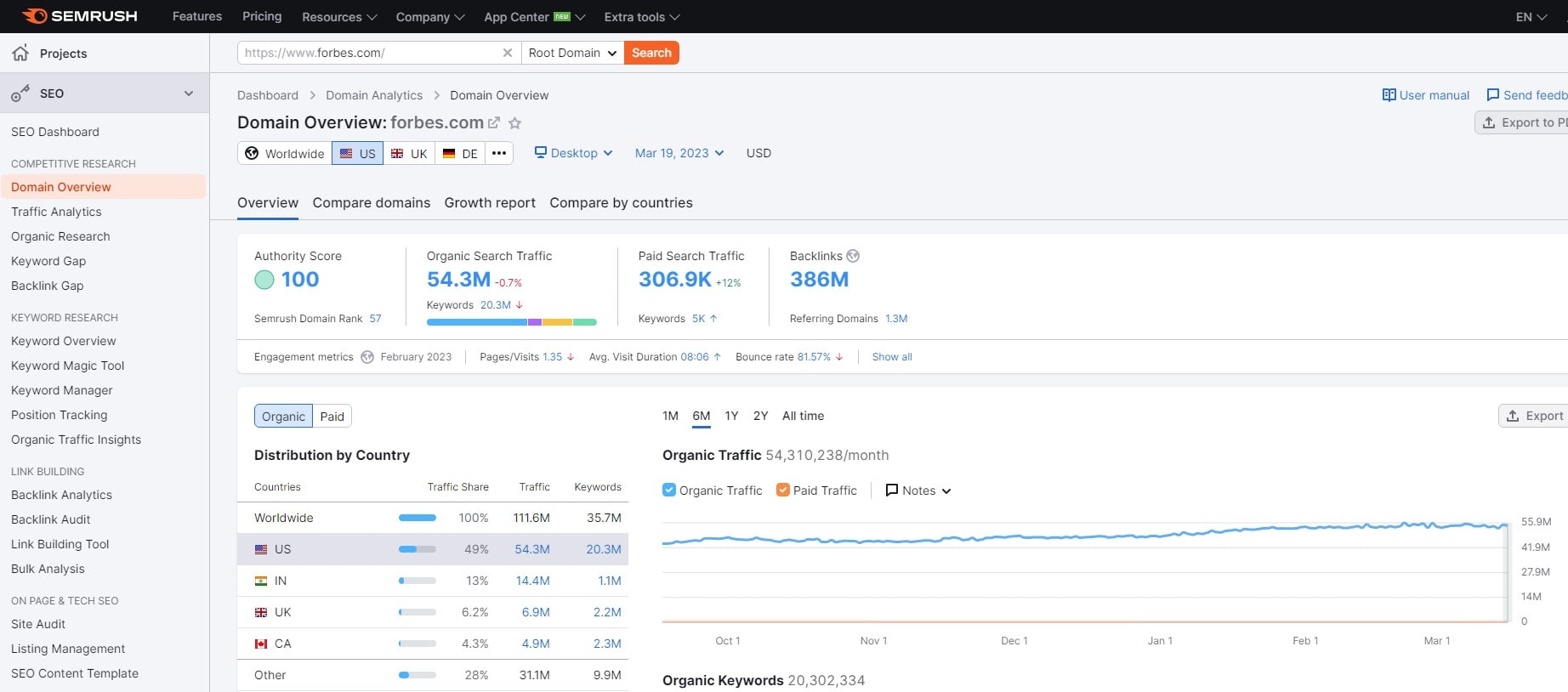
In digital marketing, measuring the impact of SEO on brand awareness is like tracking a ship’s journey across the vast ocean. You need the right tools and metrics to navigate and understand the true influence of your SEO efforts on brand visibility.
SEO Metrics and Tools
To measure the impact of SEO, one must focus on specific metrics that indicate brand awareness. Tools like Google Analytics provide valuable insights. Organic search traffic, which reveals how many search engine users find your website, is important. Another crucial metric is the click-through rate (CTR) from search results, indicating how compelling your website appears in searches. Additionally, tracking the ranking of keywords associated with your brand can show how visible your brand is in search results. Tools like SEMrush or Moz offer functionalities to monitor these keyword rankings over time. It’s important to track these metrics consistently to understand trends and the effectiveness of your SEO strategies.
Interpreting Data for Brand Growth
Interpreting the data correctly is crucial for translating SEO efforts into brand growth. For example, increased organic search traffic and improved keyword rankings indicate higher brand visibility. However, it’s important to delve deeper and analyze the quality of traffic. Are the visitors relevant to your target audience? Tools like Google Analytics offer demographic information and user behavior data, helping you understand whether your SEO attracts the right audience.
Additionally, observe the engagement metrics like the average session duration and bounce rate. High engagement levels often correlate with strong brand awareness, as they suggest that visitors find your content valuable and relevant. Combining these insights with qualitative feedback, such as customer surveys or social media engagement, can provide a comprehensive view of your brand’s presence in the digital landscape.
Navigating digital marketing requires measuring SEO’s impact on brand awareness. You can steer your brand towards greater visibility and recognition by leveraging the right tools and interpreting the data effectively. Remember, in the vast sea of online content, it’s not just about being seen; it’s about being remembered.
Integrating SEO with Overall Marketing Strategies
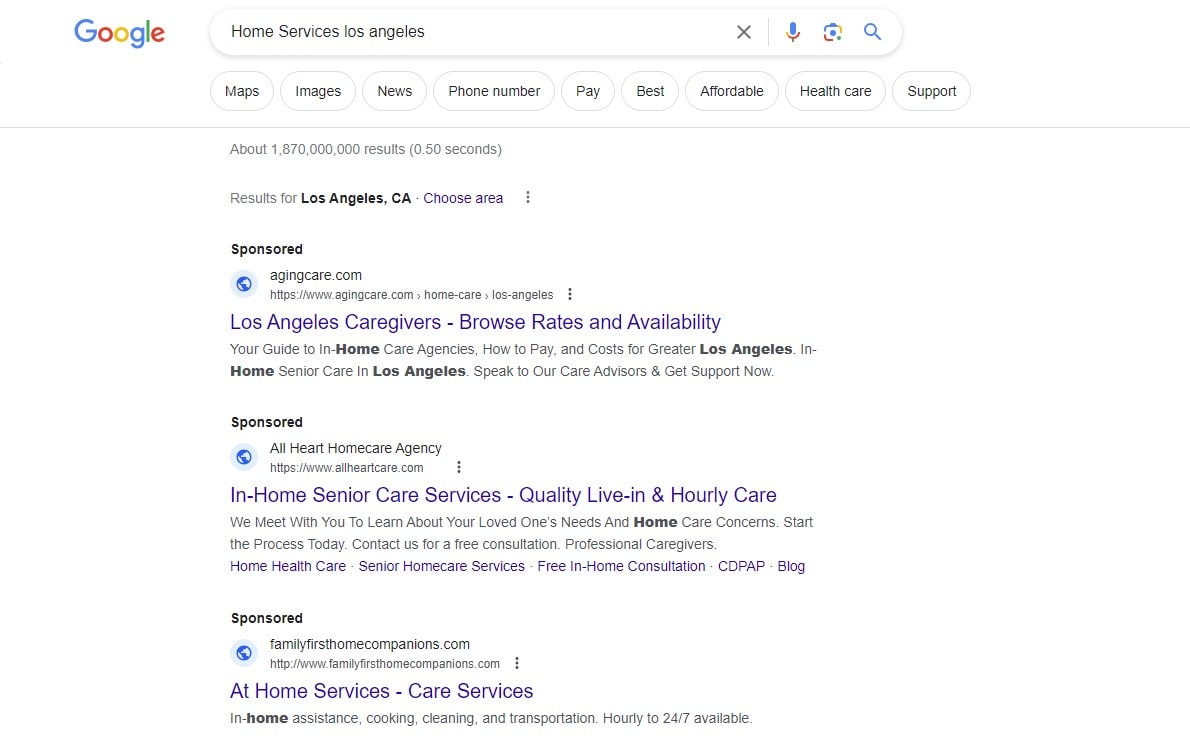
SEO must fit precisely into your marketing strategy like a puzzle to create a successful brand strategy.
Synergizing SEO with Social Media
SEO and social media, when integrated, can significantly amplify your brand’s online presence. While SEO increases your brand’s discoverability through search engines, social media boosts engagement and brand loyalty. Share your SEO-driven content on social platforms to reach a broader audience. Engage with your followers by starting conversations around this content. Platforms like Facebook and Twitter increase content visibility and drive traffic back to your website, improving your SEO rankings. Additionally, social listening can inform your SEO strategy. By understanding what your audience discusses online, you can tailor your SEO content to match their interests and needs, thereby improving your content’s relevance and appeal.
SEO in the Marketing Mix
Incorporating SEO into the wider marketing mix involves aligning it with other marketing activities like email marketing, content marketing, and PPC campaigns. For instance, your email marketing campaigns can direct traffic to your best-performing SEO content. This not only increases traffic but also encourages deeper engagement with your brand. In content marketing, use SEO insights to identify topics that resonate with your audience and rank well in search engines. This ensures that your content marketing efforts contribute to your SEO goals. Combining SEO with PPC (Pay-Per-Click) advertising can create a more cohesive online presence. Optimize your site content for long-tail and specialty keywords and target competitive keywords with PPC.
Integrating SEO with your overall marketing strategies leads to a cohesive and robust brand presence online. It aligns all your marketing activities to boost your brand, reach your target audience, and meet your business goals. Remember, in today’s interconnected digital world, a synchronized approach to marketing is key to building a strong and resilient brand.
Conclusion
In conclusion, mastering SEO is not just a tactic; it’s a vital component of your brand’s digital journey. SEO steers your brand towards visibility, engagement, and recognition like a compass guiding a ship. Remember, in the vast ocean of online content, SEO is your lighthouse, ensuring your brand isn’t just seen, remembered, and valued. Curious about more ways to enhance your brand’s digital presence? Explore other insightful articles on Plerdy’s blog, where each piece is a stepping stone to your brand’s success. And if you’re ready to elevate your brand, Plerdy’s suite of tools is your gateway to a more impactful online presence.
